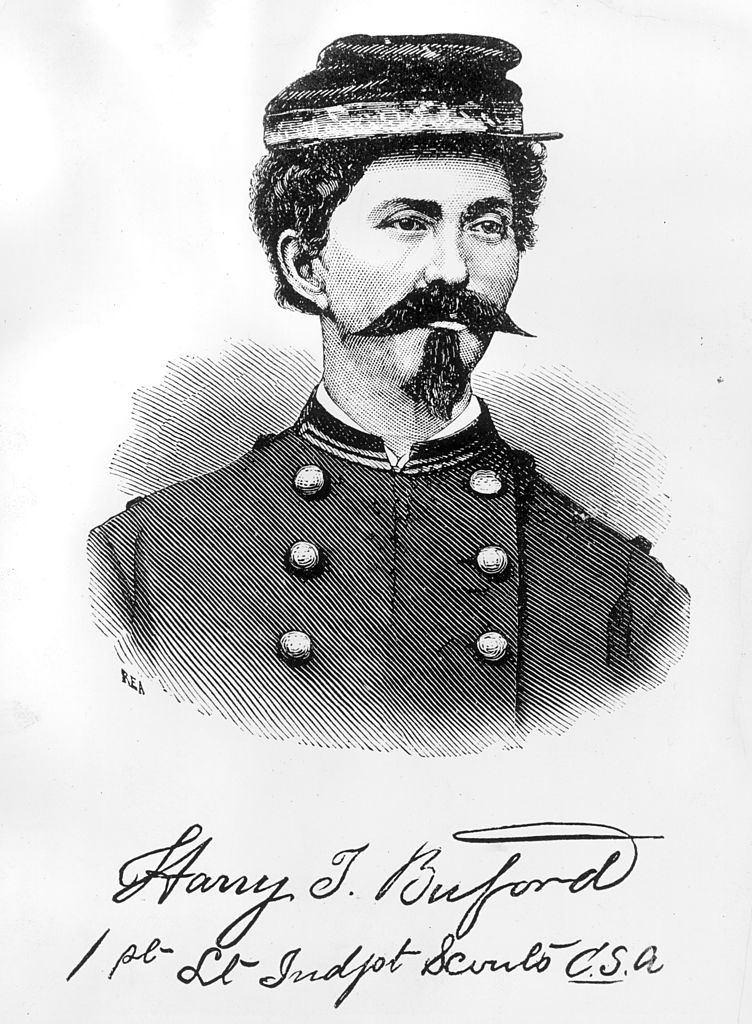LGBT History Month: Forgotten figures who challenged gender expression and identity centuries ago

Suranne Jones portrayed 19th century English diarist Anne Lister in the TV series Gentleman Jack (BBC)
Non-binary and trans people have always been here, not least in every recorded society from the ancient world onwards. Why is it then that they’re often absent from the tales and lists of historical figures we hear about? The answer lies, in part, with how history is recorded and who records it.
People who belong to groups that fear being ostracised and persecuted often only reveal their true selves to a few people. As a result, the visibility of LGBTQ+ people, even during moments in history when they have faced hostility, is often limited. Coupled with that is a dearth of historical records because authors of these historical accounts were often prejudiced and did not want to record the experiences of those considered shameful under the values of their time.
Historians working on the queer past need to understand why LGBTQ+ people, along with members of other marginalised groups, don’t appear as often in recorded history compared with those outside of these communities. Fortunately, historians are now beginning to look around more carefully to find these important stories.
Gender presentation in the 18th and 19th centuries
Our understanding of being transgender has evolved considerably in the last few decades. Transgender experiences aren’t necessarily limited to people who undergo medical procedures to alter their body; they also include people who present themselves as different from the gender they were assigned at birth.
Much of society now appreciates that the gender to which a person is assigned at birth might be entirely different from their gender identity, which is different again to their gender expression. On one level, a person’s gender is defined by how they identify, that is, how they feel internally: as a woman, or a man, as neither, or as anything in between on the gender spectrum. But what is also important is your gender expression, that is, the deliberate and accidental signals you give to others about your gender through aspects such as what you wear and how you cut your hair.
Click here to join our new PinkNews Alerts WhatsApp group for daily digests of our top LGBTQ+ news and features.
Although the terminology we use to describe gender would have been alien in the 18th and early 19th centuries, in those eras, many people would have understood these concepts. Some women who were sexually and romantically attracted to other women then, as now, presented as more masculine, both for personal gratification and sometimes to be accepted by society.
Anne Lister (or “Gentleman Jack” – the subject of a recent TV series starring Suranne Jones) is a good example. Under 19th-century ideas of gender, she would have been perceived by others as masculine, and it wasn’t until 1988 when the biographer Helena Whitbread decoded her diaries that the true extent of her lesbian relationships and life was discovered.

Other women presented themselves as men for reasons of career ambition, because they wished to make life choices denied to the half of the population assigned female at birth. In the American Civil War, Franklin Thompson and Harry Buford were widely praised soldiers who fought for and spied for the Confederate States. Both were women passing as men, or in the phrase of historian Matthew Teorey who has worked on their cases, women who “unsexed” themselves.
An earlier example of gender fluidity is the 18th-century case of the Chevalier D’Eon, who worked for French King Louis XV as a spy in London before later claiming political exile in England. The Chevalier became a minor society celebrity and presented as a man and a woman at various points in their life, until aged about 50 they began to live permanently as a woman.
Being transgender in a global context
It is important to understand that the lives of LGBTQ+ people in the past were experienced very differently in cultures outside Europe. The notion of a third gender or “Mahu” is part of Polynesian culture. It can mean a gender between male and female, or gender fluid. In Hawaii and Tahiti, Mahu people were highly respected in native culture as keepers of oral traditions and historical knowledge. They often taught the hula dance, famous to the region, which has a leisure function but also an important spiritual meaning. Mahu people exist not only in the past but are an important part of queer culture in Hawaii today.
Other native cultures also display a deep respect for gender diversity. The Navajo tribe from the south-west United States have a gender category called Nadleeh, which can refer to transgender people who have transitioned in one direction along the gender binary (having been assigned male at birth, and now identifying as female, or assigned female at birth and now identifying as male), gender-fluid people and those whose gender presentation is more masculine or feminine than their gender identity suggests. Nadleehi in Navajo culture have a spiritual function as well as being respected tribal members in their own right.
Compared to western society, this difference in perception was noted by anthropologists as early as the 1920s. Author William Willard Hill was surprised that Navajo society considered a transgender person “very fortunate”, unlike in his own culture in the US, for which gender fluidity caused anxiety in mainstream society. A timely reminder that it’s always important to look outside one’s own culture to learn about inclusion and diversity. You might be surprised by what you discover.![]()
This article is republished from The Conversation under a Creative Commons license. Read the original article.

